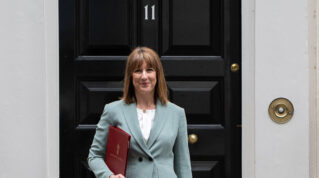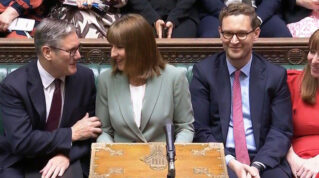The proportion of local authority maintained primary schools in deficit has rocketed 62 per cent in a year to its highest level since current records began.
Spending data published on Thursday by the Department for Education shows the proportion of council primaries in deficit rose from 7.6 per cent in 2021-22, to 12.3 per cent in 2022-23.
The rise follows a drop in the proportion of all types of schools with deficits between 2019-20 and 2021-22, resulting from the Covid pandemic.
However, the proportion of primaries in deficit is now at its highest level since the current dataset began in 2015.

In some areas of England, the situation is far worse than in others. There were 21 council areas with more than a quarter of primary schools in deficit, most of them in London or the south east.
In the London boroughs of Havering and Westminster, and in Brighton and Hove, more than 40 per cent of primary schools have a deficit.
Schools Week revealed last week how a 15-school academy trust will shut after the government decided to strip it of its only secondary.
The case further revealed the “vulnerability” of primaries amid the double whammy of rising costs and falling rolls.
Primary pupil numbers are due to fall by 13 per cent by 2032.
Overall, 13 per cent of LA-maintained schools were in deficit last year, up from 9 per cent in 2021-22.
1 in 10 schools face budget cuts
Jenna Julius, research director at the National Foundation for Educational Research, said “any school running an overall deficit is expected to take steps towards returning to a neutral financial position”.
“These figures highlight that at least 10 per cent of schools are likely to need to make cuts in the coming year to balance their finances.”
The proportion of maintained special schools in deficit rose from 9.8 to 12.9 per cent, but was still below the 13.4 per cent seen in 2019-20.
There was also a smaller rise in secondaries in deficit – from 12.9 to 13.4 per cent – but this is nowhere near the high of 30.2 per cent in 2017-18.
The DfE said schools had saved money during Covid school closures, while losing self-generated income from lettings and catering.
As schools “returned to more usual ways of working, expenditure increased and although self-generated income is increasing, it is not yet back (in cash terms) to pre pandemic levels”.
“In addition, expenditure is rising faster than income resulting in more schools having a deficit. Income rose by 3.3 per cent in 2022-23, while expenditure rose by 5.1 per cent.”
Energy and supply staff spend balloons
This week’s data also shows how schools’ spending on energy bills, supply teachers, learning resources and catering has ballooned.
Maintained schools spent £485.3 million on energy in 2022-23, up 61 per cent on the year before amid soaring bills.
The amount spent on agency supply teachers increased 17 per cent to £486 million, while spending on learning resources also rose 17 per cent to £953 million.
Spending on bought-in professional services relating to the curriculum increased 11.3 per cent, while catering supplies and staff rose 6.8 per cent.















It’s not rocket science. Falling rolls, increasing costs, local government decision makers to scared to close or mothball school. Very easy to predict the outcome.